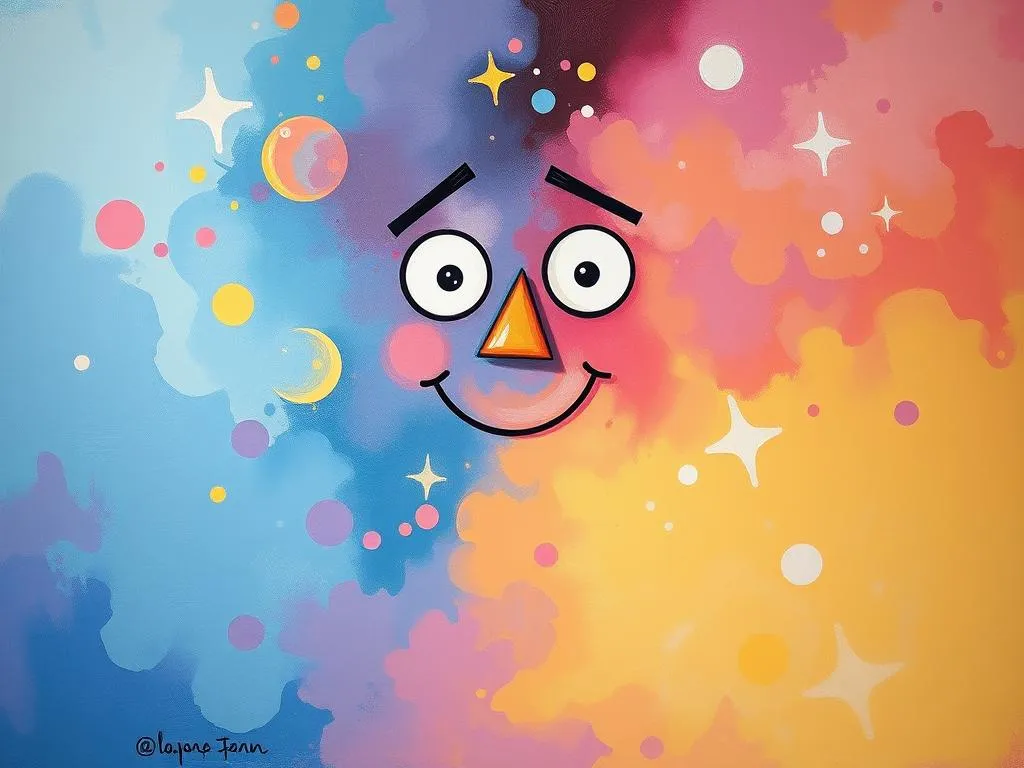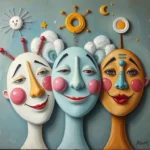
Introduction
Dreams have long fascinated humanity, acting as windows into our subconscious minds. Among the myriad of dreams we experience, symbolic dreams are particularly intriguing because they often carry profound meanings that can illuminate our waking lives. The idea of exploring hidden meanings in dreams captivates many—what does it mean when we dream about flying, falling, or even encountering loved ones? Unraveling these symbols can lead to self-discovery and deeper understanding of our emotional states, fears, and aspirations.
In this article, we will delve into the symbolism and meaning behind common dream symbols, explore various scenarios that can alter their interpretations, and provide insights on how to connect these dreams to your real life. By the end, you may find that your dreams offer more than just nighttime entertainment; they can be powerful tools for personal growth and reflection.
Symbolism and Meaning
When it comes to understanding dreams, symbols serve as the language of the subconscious. Some common symbols found in dreams include:
- Water: Often represents emotions and the unconscious mind. Calm water may signify peace, while turbulent waves can indicate emotional turmoil.
- Flying: A symbol of freedom and escape. It can reflect a desire for liberation from constraints or an elevated sense of self.
- Chasing: Usually signifies anxiety or fear. The identity of the pursuer can reveal specific aspects of your life that you feel threatened by.
- Death: Not necessarily a literal interpretation, death in dreams often signifies transformation or change. It can indicate the end of one phase and the beginning of another.
Different perspectives can dramatically alter the meaning of these symbols. For example:
- Cultural Influences: In some cultures, water is seen as a cleansing force, whereas in others, it can symbolize danger.
- Personal Associations: If someone has a traumatic experience with water, a dream featuring it may evoke fear rather than tranquility.
Common Symbols and Their Interpretations
- Keys: Symbolize access, knowledge, or solutions. They may indicate that you are unlocking new opportunities in life.
- Houses: Often represent the self. Different rooms might symbolize various facets of your personality or life experiences.
- Animals: Can embody instincts or emotions. For example, a snake may represent hidden fears or transformation, while a lion might symbolize courage and strength.
Understanding these symbols can offer valuable insights into your emotional landscape. The key is to approach your dreams with an open mind, ready to explore the layers of meaning they may hold.
Key Scenarios and Variations
Dreams can vary widely not just in symbols but also in scenarios. The context and emotions surrounding the dream can significantly affect its interpretation. Here are some common dream scenarios and their variations:
1. Flying Dreams
- Soaring High: If you dream of flying high in the sky, it often indicates feelings of freedom and empowerment. You may be experiencing success or a sense of liberation in your waking life.
- Struggling to Fly: Conversely, if you struggle to maintain altitude, it may reflect anxiety or a sense of being overwhelmed by responsibilities.
2. Chasing Dreams
- Being Chased by an Unknown Entity: This often symbolizes an unresolved issue or fear that you are avoiding in your waking life.
- Chasing Someone: This can indicate a desire to attain something or someone in your life. It may reflect your ambitions or goals that seem just out of reach.
3. Water Dreams
- Swimming in Calm Waters: Indicates emotional balance and harmony in your life.
- Drowning: A more troubling scenario that may signify feelings of being overwhelmed by emotions or circumstances.
4. Death Dreams
- Witnessing a Death: May symbolize the end of a particular phase in your life, such as a job, relationship, or habit.
- Your Own Death: Often signifies a transformation or a new beginning, urging you to embrace change rather than fear it.
These variations highlight the importance of context in dream interpretation. A single symbol can take on different meanings based on your personal experiences and emotional state at the time of the dream.
Real-Life Connections and Takeaways
Connecting dreams to real-life situations can be incredibly insightful. Here are some practical steps to reflect on your dreams and gain a deeper understanding of their meanings:
-
Keep a Dream Journal: Write down your dreams as soon as you wake up. Note the symbols, emotions, and any significant details. Over time, patterns may emerge that can provide clarity on recurring themes in your life.
-
Reflect on Current Life Situations: Consider how the themes in your dreams relate to your waking life. Are you experiencing stress at work? Facing personal challenges? Dreams often reflect our emotional states and can provide guidance on how to navigate these situations.
-
Ask Yourself Questions: Engage in self-inquiry by asking:
- What emotions did I feel during the dream?
- Are there any unresolved issues that might connect to the dream’s theme?
-
How do the symbols relate to my current life circumstances?
-
Meditation and Visualization: After recording your dreams, spend some time in quiet reflection or meditation. Visualize the dream scenario and allow your mind to explore the feelings and insights that arise.
Practical Advice for Self-Reflection
Reflecting on your dreams can serve as a powerful tool for self-discovery. Here are some strategies to enhance your dream exploration:
-
Identify Triggers: Pay attention to what happens in your life before a vivid dream. This can help you recognize patterns or triggers that lead to certain dreams.
-
Create Symbol Lists: Develop a personal list of symbols and their meanings based on your dreams. This can serve as a reference point for future dream analysis.
-
Engage with Others: Discuss your dreams with friends or a therapist. Different perspectives can provide new insights and help you understand your dreams more deeply.
-
Explore Literature: Books on dream interpretation can offer valuable insights into common symbols and themes. Consider exploring works by renowned psychologists like Carl Jung or Sigmund Freud, who have extensively studied dreams.
Ultimately, the key to understanding your dreams lies in personal reflection and exploration. Each person’s dreams are unique, and their meanings can vary based on individual experiences, emotions, and life circumstances.
Conclusion
Dreams serve as a rich tapestry of symbols and meanings, offering insights into our subconscious thoughts and emotions. By exploring these symbols and understanding the variations in dream scenarios, we can connect our dreams to our waking lives in meaningful ways.
The journey of dream interpretation is one of self-discovery and personal growth. As you explore your dreams, remember to approach them with curiosity and openness. Each dream is an opportunity to learn more about yourself, confront your fears, and embrace the changes that life presents.
Take the time to reflect on your dreams, keep a journal, and engage in self-inquiry. You may find that the answers you seek lie hidden within the symbols of your dreams, waiting to be uncovered. By embracing this journey, you can transform your dreams from mere nighttime stories into powerful tools for self-understanding and empowerment.







